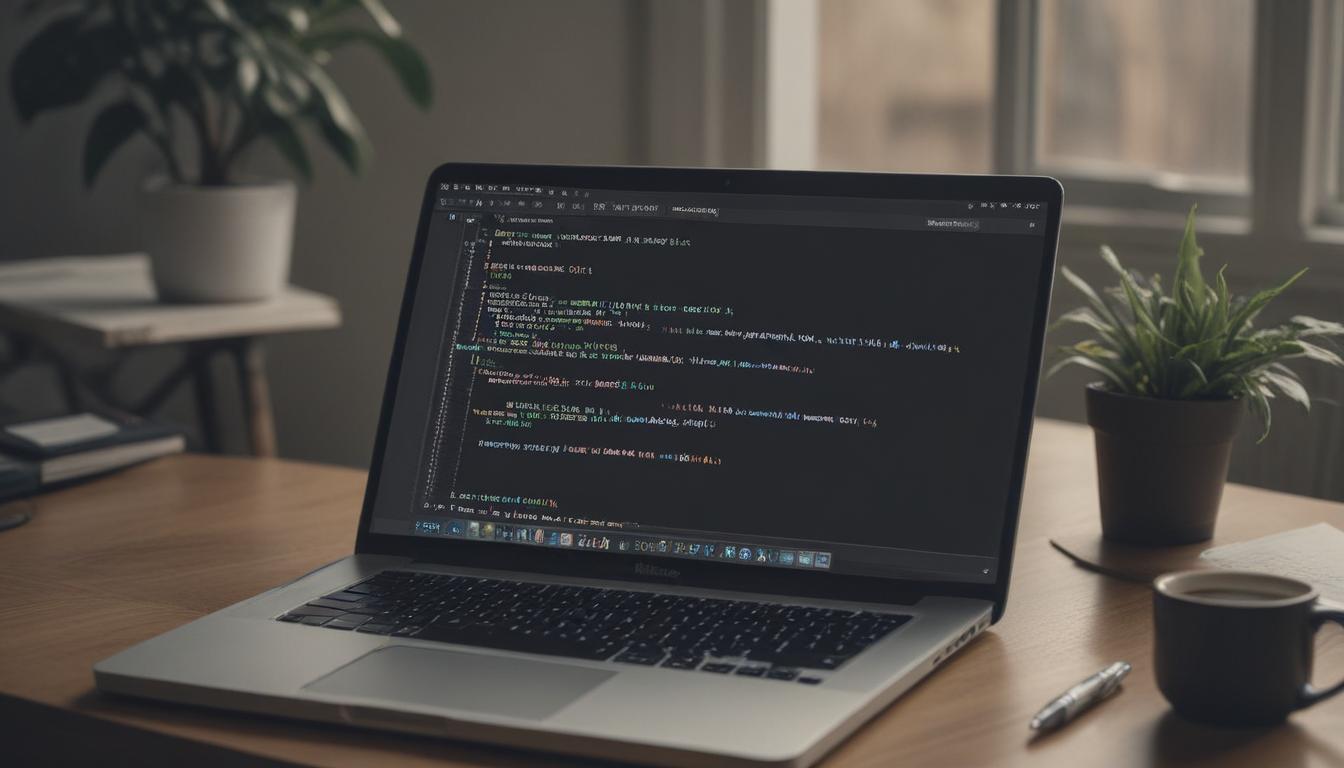Now Reading: Master Clean Code for Maintainable Software
- 01
Master Clean Code for Maintainable Software
Master Clean Code for Maintainable Software

Clean Code Principles Writing Maintainable Software
Have you ever opened a project you worked on six months ago and felt a wave of confusion? Or maybe you have inherited a codebase from a colleague and spent days trying to decipher what a single function does. This is a common pain point for developers everywhere. You are faced with a tangled mess of code that is difficult to read, risky to change, and nearly impossible to debug. The fear of breaking something holds you back, slowing down progress and turning a creative task into a stressful chore. This digital spaghetti is not just an inconvenience; it costs time, money, and morale.
The solution is not about being a “10x developer” or memorizing complex algorithms. It is about embracing a professional discipline known as Clean Code. Think of it as the craftsmanship of software development. By following a set of proven principles, you can transform your code from a brittle liability into a resilient, maintainable asset. Writing clean code is an investment that pays massive dividends in the long run, making your software easier to understand, adapt, and build upon for you and your entire team.
The Foundation of Readability and Simplicity
The most fundamental aspect of clean code is that it must be readable. Code is read far more often than it is written, so optimizing for the reader is paramount. If another developer (or your future self) cannot quickly understand the intent of your code, its quality is already compromised. This foundation is built upon simple, yet powerful, habits that focus on clarity and purpose.
The Power of Meaningful Names
Choosing descriptive and unambiguous names for variables, functions, and classes is one of the most impactful things you can do to improve your code. Vague names like d, list, or handleData force the reader to hunt for context. Instead, a name should be self-documenting. A variable named elapsedTimeInDays is infinitely clearer than d. A function named fetchActiveUsers immediately tells you its purpose, unlike getData.
This practice goes beyond just avoiding single-letter variables. The name should reveal intent. If you have a group of users, is it a userList, a userGroup, or a collection of activeUsers? Each name implies a different context and structure. By naming things well, you create a narrative within your code. This makes it significantly easier to navigate, debug, and modify because the code itself explains what it is doing without requiring extensive comments or mental gymnastics.
Functions Should Do One Thing
A function should have a single, well-defined responsibility. This is often referred to as the Single Responsibility Principle. If a function fetches data, processes it, formats it, and then saves it, it is doing too much. A function like this is difficult to test because you have to set up multiple conditions. It is also hard to reuse because a future use case might only need the data fetching part, not the processing or saving.
The clean approach is to break that large function into several smaller, more focused ones: fetchUserData, processRawData, and saveFormattedUser. Each of these functions is now simple to understand, easy to test in isolation, and highly reusable. Small, single-purpose functions act as the building blocks of a clean and robust system. When you need to make a change, you can pinpoint the exact function to modify without the fear of causing unintended side effects elsewhere.

Building Robust and Resilient Systems
Once you have a foundation of readability, the next step is to build systems that are simple, robust, and easy to maintain over time. This involves a shift in mindset from just making things work to making them work in a way that is sustainable. Clean code is not just about aesthetics; it is about building software that can evolve without collapsing under its own weight.
Avoid Duplication by Staying DRY
The “Don’t Repeat Yourself” (DRY) principle is a cornerstone of maintainable software. Duplicated code is a maintenance nightmare. Imagine you have the same block of logic copied in five different places. When you discover a bug in that logic, you now have to find and fix it in all five locations. It is almost certain that one will be missed, leading to inconsistent behavior and lingering bugs.
Instead of copying and pasting, abstract the common logic into its own function or class. By creating a single source of truth, you ensure that any changes or bug fixes only need to be made in one place. This makes your codebase smaller, more consistent, and dramatically easier to maintain. Every time you are about to copy and paste a block of code, stop and ask yourself if there is a better way to abstract this logic for reuse.
Comments Should Explain Why Not What
A common misconception is that more comments equal better code. In reality, the best code is self-documenting and requires very few comments. Your code should clearly express what it is doing through good naming and clear structure. Comments should be reserved for explaining why something is being done. They should provide context that the code itself cannot.
For example, a comment like // Increment the counter is useless because the code counter++ already says that. A good comment, however, might be // We must process this user record last due to a legacy system dependency. This explains the business or technical constraint—the “why”—behind the code. Use comments as a last resort when you cannot make the code itself more expressive. Often, the need for a comment is a sign that your code could be refactored to be clearer.
The Long Term Value of Clean Code
Adopting clean code principles is not an academic exercise; it is a strategic business decision that directly impacts the bottom line. Teams that prioritize clean code spend significantly less time on maintenance and debugging, freeing up valuable developer hours to work on new features and innovation. This directly translates into a faster time-to-market and a more competitive product.
Furthermore, a clean codebase drastically reduces onboarding time for new developers. Instead of spending weeks trying to understand a complex and undocumented system, a new team member can become productive much more quickly because the code is logical and easy to follow. This also boosts developer morale. Working in a clean, predictable environment is far more satisfying than constantly fighting fires in a messy one. Happy, productive developers are more likely to stay with a company, reducing turnover and building a strong, experienced engineering culture. In the end, clean code is an investment in speed, quality, and people.


































